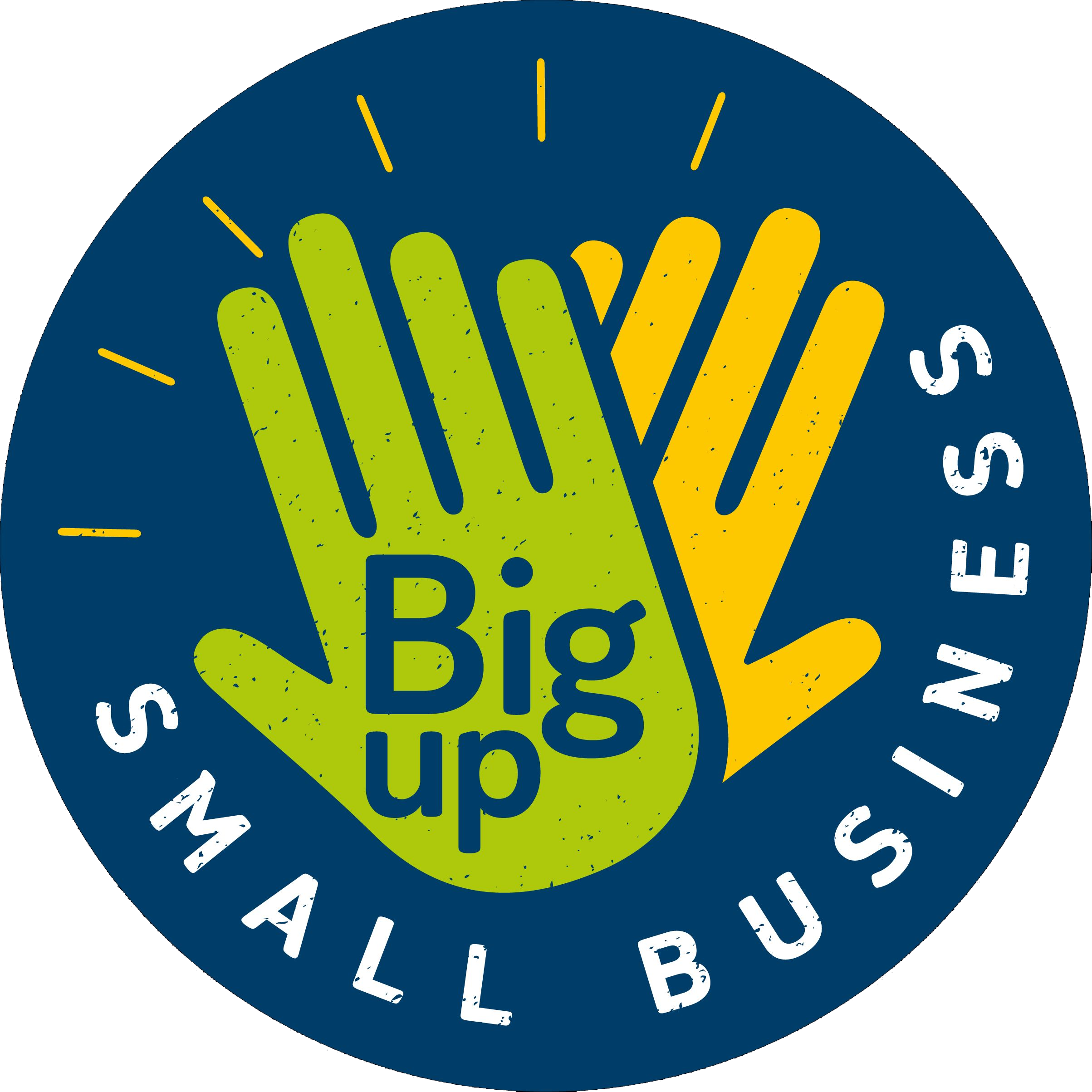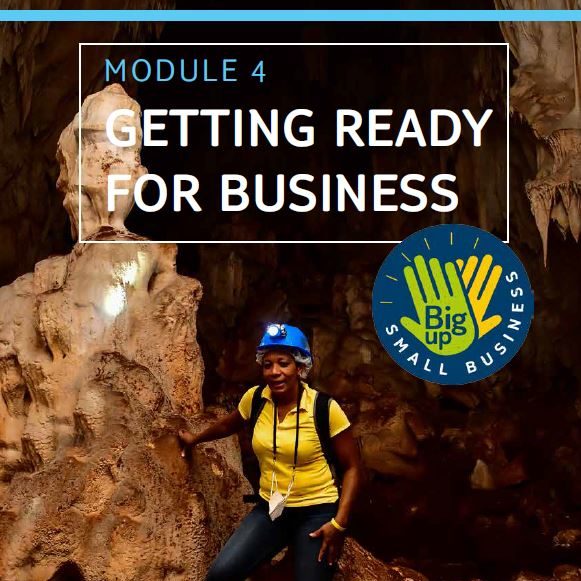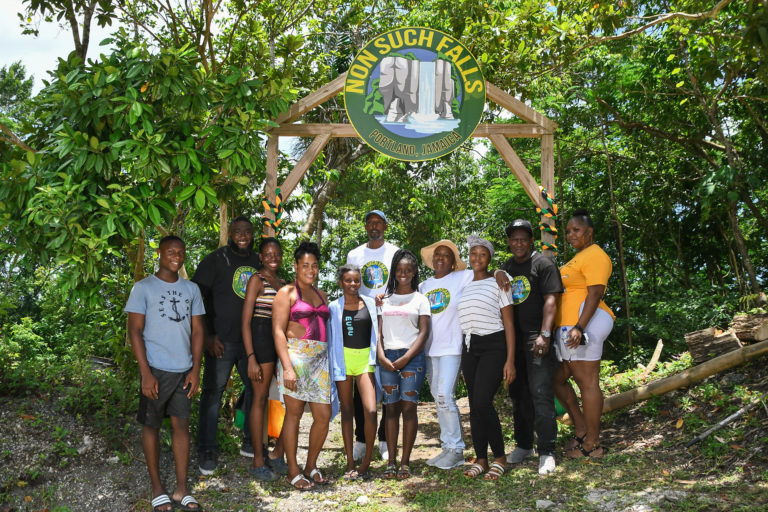Managing your online reputation is now vital to running a thriving tourism business. Your website is your best marketing tool so make sure it’s up to scratch for the job. Our checklist guides you through what you should consider to make sure your website is at its best.
Be clear and consistent
Don’t assume customers will know what you offer. Present your product/service offering clearly. For example, if you offer tours, say what your customers will see and do, how long it takes, where it starts and finishes, what they need to wear or bring and what it costs. Make sure your brand (including business name, logo, product information and how to book) is kept consistent. Ask someone who is not familiar with what you do to look through it and see if they find it easy to use and can get the information they need.
Show it with a picture
Great images will make your site more engaging and help customers understand what you offer. Useful free imagery is available on websites like unsplash.com, nappy.co and canva.com. Even better, ask your customers if you can use images they have taken whilst visiting you. It’s great, free, authentic ‘user generated content’.
Make it easy
Help customers to book, get in touch, or find you with prominent calls-to-action. Don’t forget to highlight your USPs (Unique Selling Points) too, the aspects of your business that distinguish it from others and make it more appealing. For each page, ask yourself what the aim of this page is, and have I made it easy for customers to book with me?
Keep it updated
Update your website frequently. If there is any important information which will be helpful to your visitors (e.g. regarding COVID-19 safety precautions), be sure to keep this up to date. Updating your website will also help with SEO (search engine optimisation) and so make your business more visible to others online.
Consider digital bookings
The pandemic has accelerated this boom in digital bookings so ensuring that your business has an active and well-managed online presence will be even more vital in the post-pandemic era. People are spending more time online than ever before and tourists are continuing to favour online channels for booking holidays and experiences rather than the traditional tour operator model.
Make sure your website is optimised and is responsive
Website optimisation means your website has been designed and tested to ensure it displays well across all devices, including desktop, tablet and smart phone. Don’t assume that because your website displays well on your computer that it will display correctly for someone using their iPhone. Test your website on as many different devices as possible to be sure and adapt it if necessary. Responsive websites are built so the content adjusts to best fit the device on which it’s being viewed. For example, images may be cropped, or content stacked to fit within the screen display. If your website is responsive, test it across devices to be sure your best images are not cropped too badly.
Set up Google Analytics
Google Analytics is a great, free tool for measuring how many people visit your website, when they visit, which pages they spend time on, what device they are using, where they are coming from and much more. Understanding these things is essential in helping you know where to focus your marketing efforts online. You can learn about your website’s visitors within ‘Audience’, where they come from within ‘Acquisition’ and which pages they visit most within ‘Behaviour’. To expand your knowledge, Google offer a free course, ‘Google Analytics for Beginners’.
Helpful resources
If you haven’t got a website but want to set one up head to wix.com, squarespace.com or wordpress.com, who all offer easy to build and inexpensive websites. Or you can use a free Facebook business page and create a custom URL that points to it.
For more help and resources check our module 4 guide on ‘getting ready for business.’







